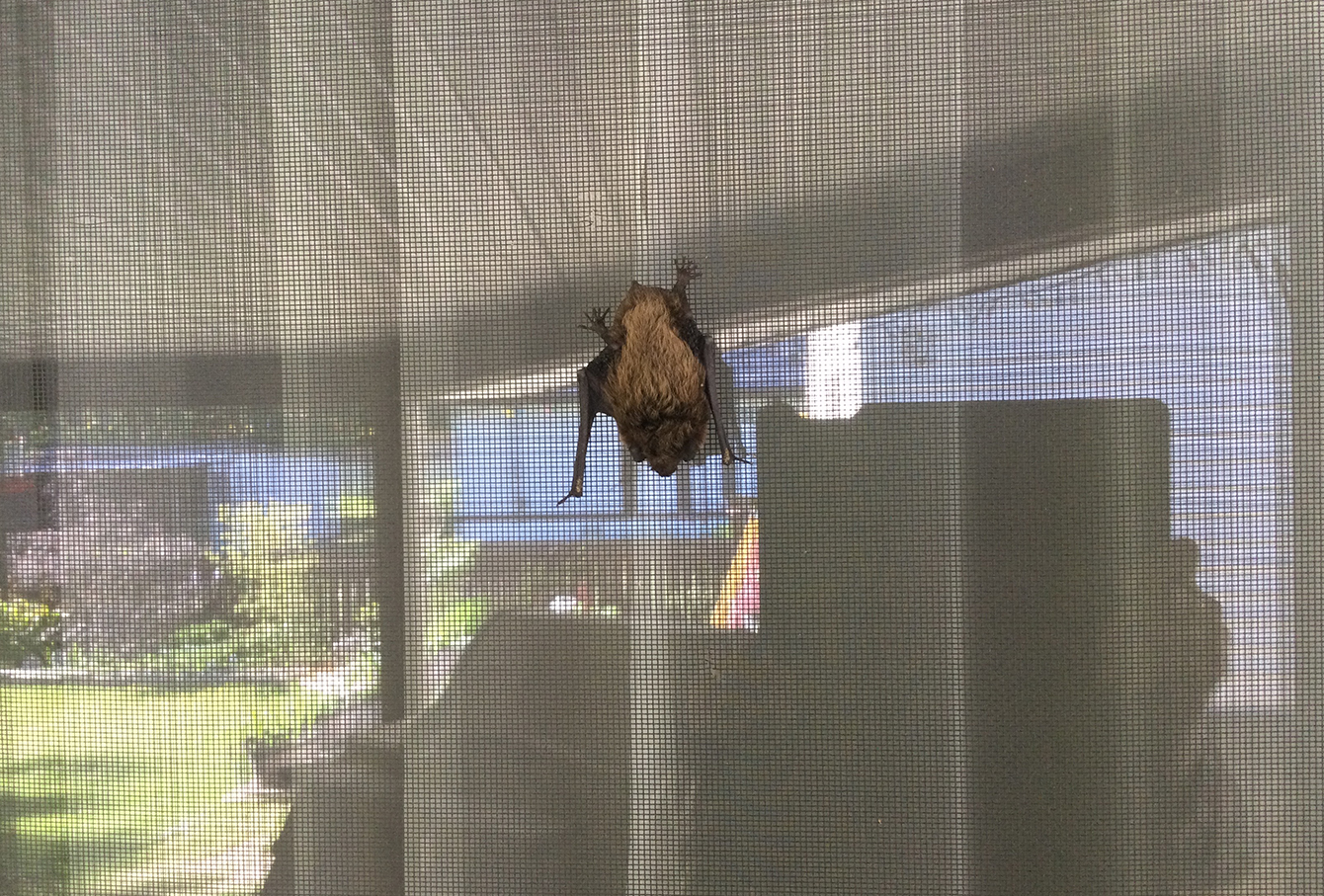'Leave the bat alone' — Kootenay Community Bat Program
It is August and bat pups are learning to fly and leaving their summer roosts.
The BC Community Bat Programs get many reports of bats found in unusual spots like entryways, on the ground, or even flying into a house if the door is left open.
This is normal at this time of year.
Please remember to never touch a bat, dead or alive, with your bare hands.
“Leave the bat alone,” says Elodie Kuhnert, Kootenay Community Bat Program Coordinator.
“If you find a bat on a wall, and it is unlikely that young children or pets will come into contact with it, then it is best to let it hang out. It will likely fly off after dark or in a few days.” To alert visitors, you can place a note nearby that says ‘Leave the bat alone. It’s sleeping.‘
A low percentage of bats in BC are known to carry rabies; this is why it is important to avoid any contact.
“If you must move a bat that is roosting outdoors, use a trowel to gently pick it up or touch the bat’s feet with a 2-foot long stick until it grabs on. Always wear leather gloves to protect yourself from direct contact,” says Kuhnert.
“Release it by placing it on a large tree, as high up as you can reach.”
Ensure pets are kept away from bats. If contact between a pet or domestic animal and a bat occurs, contact your veterinarian.
Always vaccinate your pets against rabies.
Talk to your children to make sure they understand to never touch, play or try to rescue injured or sick-looking bats.
If you suspect a bite or scratch from a bat: 1. Immediately wash the area with soap and water for 15 minutes; and 2.
Contact your public health or your doctor as soon as possible, or go to the emergency department. For more information on rabies please refer to the BCCDC website http://www.bccdc.ca/health-info/diseases-conditions/rabies.
If doors are left open in the evening, bats might fly in chasing a moth.
“Keep doors closed and ensure window screens do not have any holes,” says Kuhnert.
“If you find a live bat inside your home, open the main doors and close interior doors until the bat leaves, or follow the steps on how to remove a single bat on our website at www.bcbats.ca.”
Bats are important and beneficial wildlife.
They are essential to our economy and our ecology. All 15 species of bats in BC eat insects, including mosquitoes, agricultural and forestry pests.
Some bat species have adapted to live in human structures, and colonies may be found under roofs or siding, or in attics, barns, or other buildings. Having bats is viewed as a benefit by many landowners, who appreciate the insect control. Others may prefer to exclude the bats.
Under the BC Wildlife Act it is illegal to exterminate or directly harm or harass bats, and exclusion should only be done in the fall and winter after it is determined that the bats are no longer in the building.
If you have bats on your property, the BC Community Bat Programs can offer advice and support.
For information on safely moving a bat and to report bat sightings, landowners can visit the Got Bats?
BC Community Bat Program’s website (www.bcbats.ca), email kootenay@bcbats.ca, or call 1-855-9BC-BATS ext.14.
The BC Community Bat Programs are supported by the Habitat Conservation Trust Foundation, Forest Enhancement Society of BC, the Habitat Stewardship Program, the Government of BC and many regional partners, including the RDCK local fund, the Columbia Valley local fund, and the Columbia Valley Community fund.
























Comments